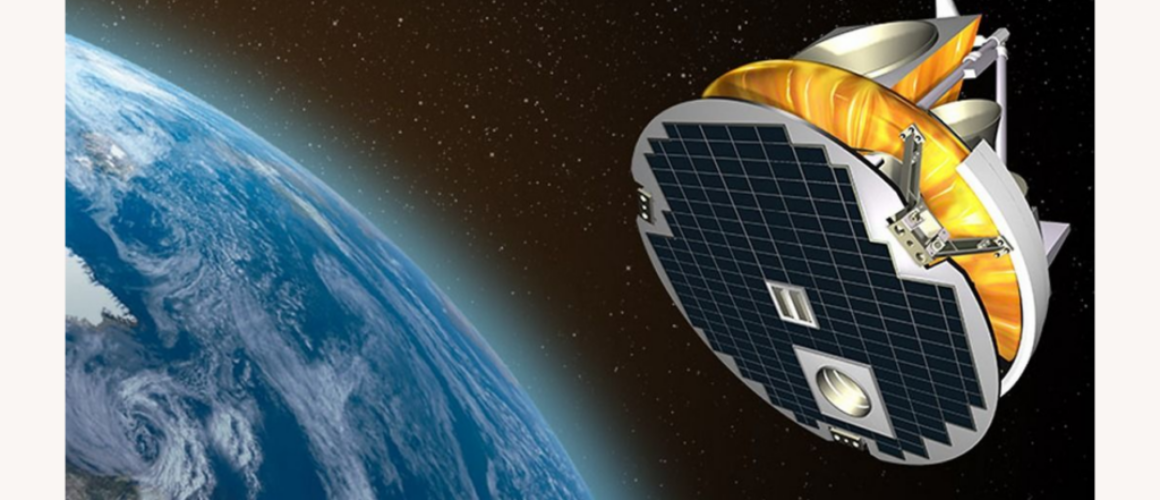Science and Technology Canadian Space Agency Canadian space satellites Climate change satellite tools Climate monitoring Canada Earth observation satellites Emission tracking satellites GHGSat methane tracking RADARSAT Constellation Space-based climate data WildFireSat program
Canadian Satellites Tracking Climate Change from Space: The New Eye in the Sky
While climate change policies often focus on land-based actions, Canada is advancing its leadership in space-based climate science. Through satellites like RADARSAT Constellation, GHGSat, and the upcoming WildFireSat, Canada is building one of the world’s most advanced environmental monitoring systems from orbit.
Canada’s Earth Observation Fleet
Canada’s key climate-focused satellites include:
- RADARSAT Constellation: Launched in 2019, provides daily radar imaging in all weather conditions.
- GHGSat: Montreal-based company tracking methane and greenhouse gas emissions.
- WildFireSat: Launching in 2026 to track wildfire emissions and spread.
- International Missions: Canada collaborates on ocean and polar monitoring via Sentinel and Argo.
How Satellites Help Fight Climate Change
Satellites provide tools to:
- Track emissions: Identify methane leaks and industrial hot spots
- Monitor ice melt: RADARSAT maps Arctic sea ice for navigation and research
- Detect wildfires: WildFireSat offers real-time fire intelligence for emergency services
- Verify carbon budgets: Data supports emissions reduction frameworks and carbon trading systems
Canadian Leadership in Space-Based Climate Tech
Canada leads in:
- Open-access satellite data policies
- Public-private innovation via GHGSat and CSA partnerships
- AI-driven satellite event detection systems
- Influence in global climate discussions (e.g., COP meetings)
Challenges and the Road Ahead
Remaining challenges include:
- Limited Canadian launch platforms
- Processing large data volumes quickly
- Securing long-term funding for next-gen satellites
Conclusion
Canada’s climate satellites are becoming essential to policy verification, disaster response, and environmental transparency. These high-tech orbiters are not just tools — they are Canada’s climate eyes in the sky, quietly watching the Earth and helping shape its future.
